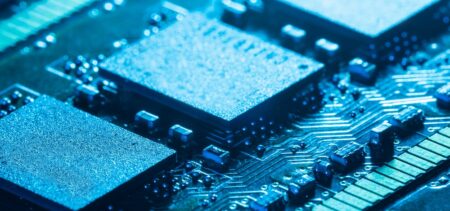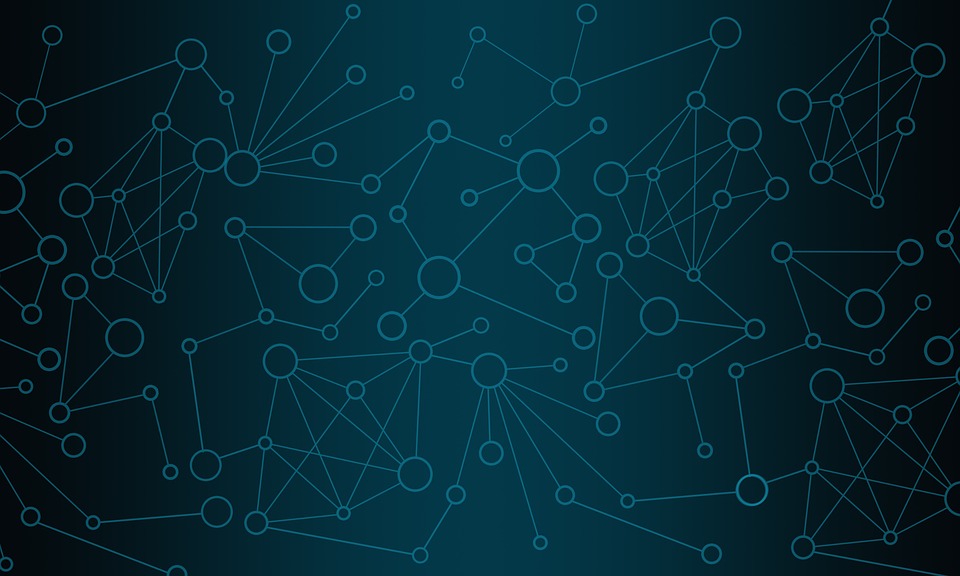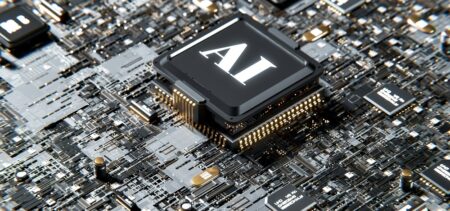The 5G standard represents the long awaited next major development in mobile telecommunications. With an estimated roll-out time within the next five years, 5G would meet the needs of IoT connectivity.
A short history of 5G communication technology
- A significant partnership between NASA and the Machine-to-Machine Intelligence (M2Mi) Corp based in Moffet Field, CA, opened the horizons for 5G in 2008.
- European entities interested in this technology emerged in 2012, when the British government funded a 5G research center in Surrey in a joint partnership with international mobile operators; the same year marked the beginning of “Mobile and wireless communications Enablers for the Twenty-twenty Information Society” (METIS), an European Union project set to define the 5G standards.
Gradually since 2013 other interested parties invested in 5G-related projects, opened research laboratories or launched innovative related programs (states like India, Israel, Turkey, Greece, operators such as Orange, Vodafone, Verizon, NTT DoCoMo and tech giants like Huawei, SingTel); Samsung Electronics publicly announced in 2013 the development of the first 5G system. The industry has learned from LTE standardization and aims at setting up a 5G system that would embody “symbiotic integration of existing and new technologies”.
What does a 5G standard system mean?
The 2000s 3G provided a minimum of 200 kilobit/sec. This speed later developed into values of megabit/sec. 4G networks followed in 2008 with speeds up to 30 megabit/sec and peak speeds going to 300megabit/sec. Advanced 4G LTE (Long Term Evolution), also dubbed true 4G, standardized in 2011, provided a more efficient maximum of 1gigabit/sec. You can check here a more in-depth speed range comparison between these types of networks.
Compared to these aforementioned network speeds, Samsung reported 5G speeds of 7.5 gigabit/sec in 2014, while an earlier Ericsson report mentioned a peak of 5 gigabit/sec in data transfer.
Associated 5G technologies are currently under development in order to support dedicated networks or data transfer in the existing telecommunications networks.
To finally reach our goal of defining 5G, its definition can be ambiguous to a certain degree, especially when addressing the consumers rather than the specialists. 5G should bring increased data speed (an obvious detail) in conjunction with ultra-low latency and an infinite capacity of accommodating various connected devices.
The big plus would consist in the ability to support different data transmissions, specific to industrial and consumer activities that define the Internet of Things (IoT). Another explanation regards 5G wireless (802.11ac) in comparison with 802.11n (Wireless N) – you may see it here.
Some things are however clear: the 5th generation mobile communications networks will provide faster speeds and better functionality – and it will enable an efficient connectivity for both the industrial sector and the consumer sector. The roll-out-estimated year is 2020 – a year that should see standardization issues and full-scale commercial deployment issues successfully resolved.
A bonus informative material for those who have the time and the curiosity to get up to date with various details on 5G can be accessed here, in a 2014 paper that covers history, speed limitations and advancements, practical applications and the 2014 status regarding 5G.
Latest 5G developments
- In an attempt to get an early start in 5G implementation, the Russian Mobile TeleSystems (MTS) mobile operator announced that in 2018 major 5G deployments are likely. The operator collaborates with Ericsson, and the plan is to showcase the new improved system during the 2018 FIFA Football world cup. According to Jeff Travers, Customer Unit Head at Ericsson Northern Europe and Central Asia, “5G will revolutionize user experiences in mobile technology during the FIFA World Cup in 2018.”
- Meanwhile, the International Telecommunication Union (ITU), the specialized agency of the United Nations coordinating the international technical field standards, just extended the lifetime of its focus group on network standardization requirements identification. The group started its activities in May 2015 and so far has identified 85 standards’ gaps that need to be resolved in order to meet the 2020 deadline.
- SK Telecom, the most widely used Korean mobile carrier also announced in late October 2015 that they would be the world’s first company to commercialize 5G network. Considering that in 2013 SK Telecom was the first operator to offer a commercial LTE-Advanced Network worldwide, this 2015 announcement deserves to be taken into consideration.
- Verizon announced the expectancy of a certain level of commercial 5G deployment by 2017, in yet another attempt to lower the 2020 time frame. Their tests delivered transfer speeds 30 to 50 times faster than the current 4G supports, and are also far more responsive than 4G networks can claim to be, therefore allowing a potential real time data transfer between New York and Tokyo (example given in the CNet source article).
What can we expect regarding the 5G standard?
There are some use cases for 5G networks that include broadband access in density challenged areas, sensor networks applications (industrial and consumer), extreme communications, communications that need to be reliable (such as digitized healthcare experiences) or need to happen in real time.
Therefore we may extrapolate and affirm that 5G is extremely necessary for infrastructural purposes, where it should bring reliability, speed and stable transmissions. Many public and private massive digital nodes would benefit from 5G functionality: public services, defense, industrial and various company systems are on the verge of absolutely necessitating 5G support. Technical advancements in connectivity and hardware can easily make 4G as we know it redundant in a rather short time span.
What about the average consumer? It would be wise to start by critically analyzing a consumers’ current state in what the telecommunications networks are concerned. If a person or a group of persons currently benefit from access to the best this field can provide, 5G is the next future step. Always going for the best digital services translates into looking forward to 5G availability.
For those who do not benefit from the current telecommunication standards as it is, 5G could remain a further-in-the-future desideratum. However, since IoT requires seamless integration to work best, it may be that, once the infrastructure support available, a global enhancement in network quality would follow.
This would take the debate into a new direction: would the Internet of Things require all and everyone to rise up to certain standards, in a unified digital progress? If so, for some 5G might represent the logical small next step, while for others it will materialize into one huge leap towards better network services.






















